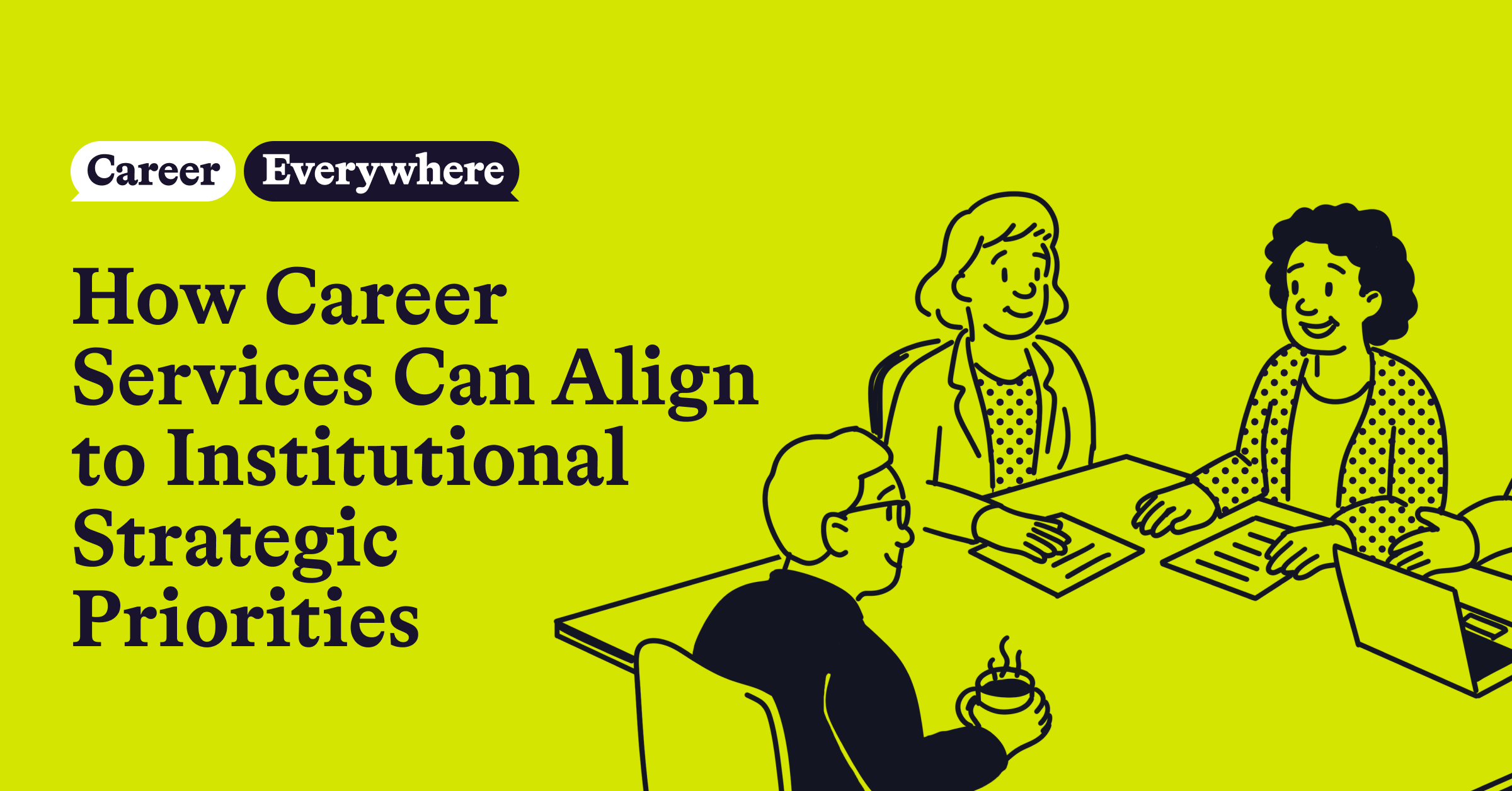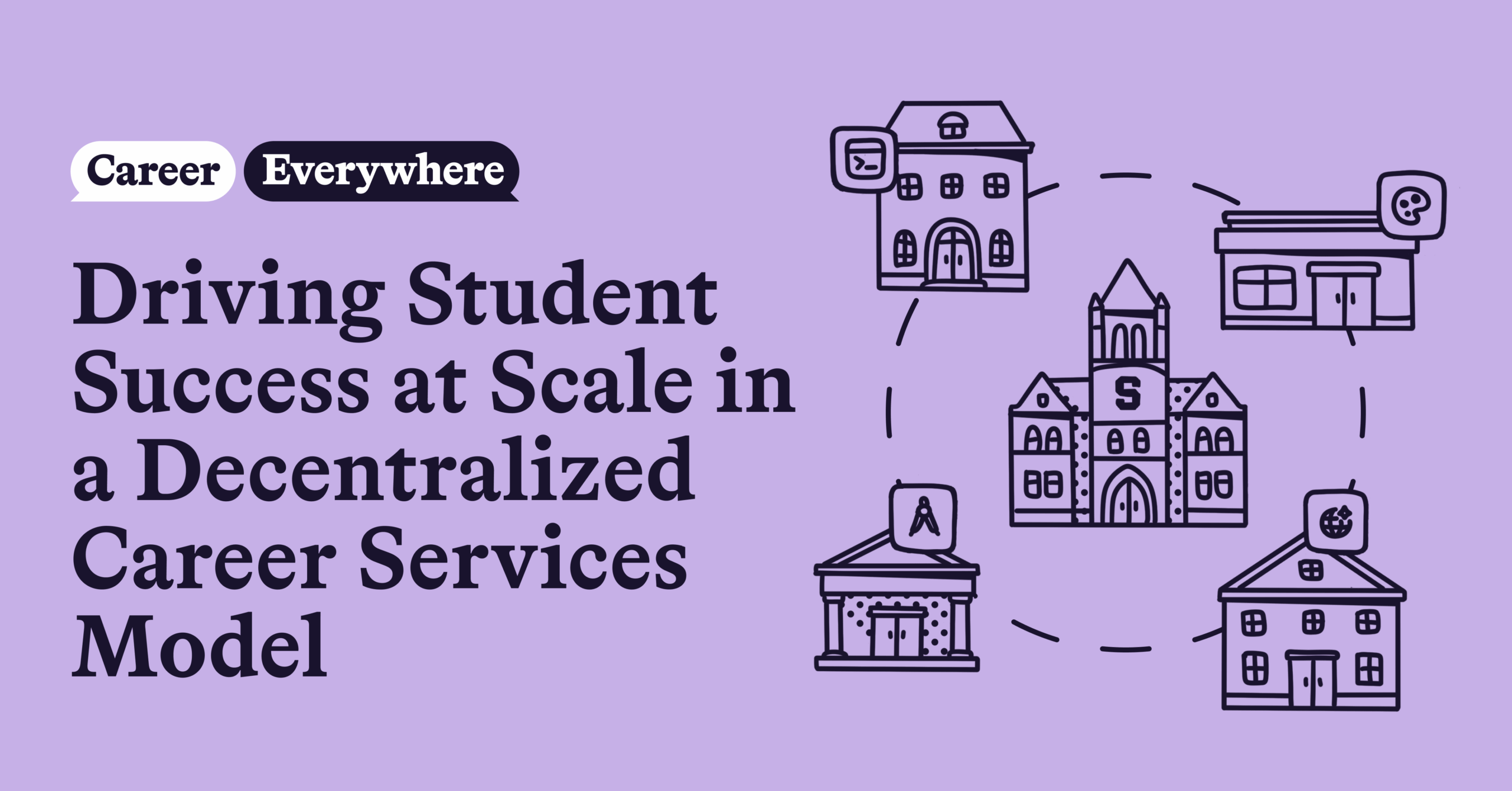
In an era where personalization and scale often seem at odds, career services leaders at large institutions face a unique challenge—especially within decentralized models.
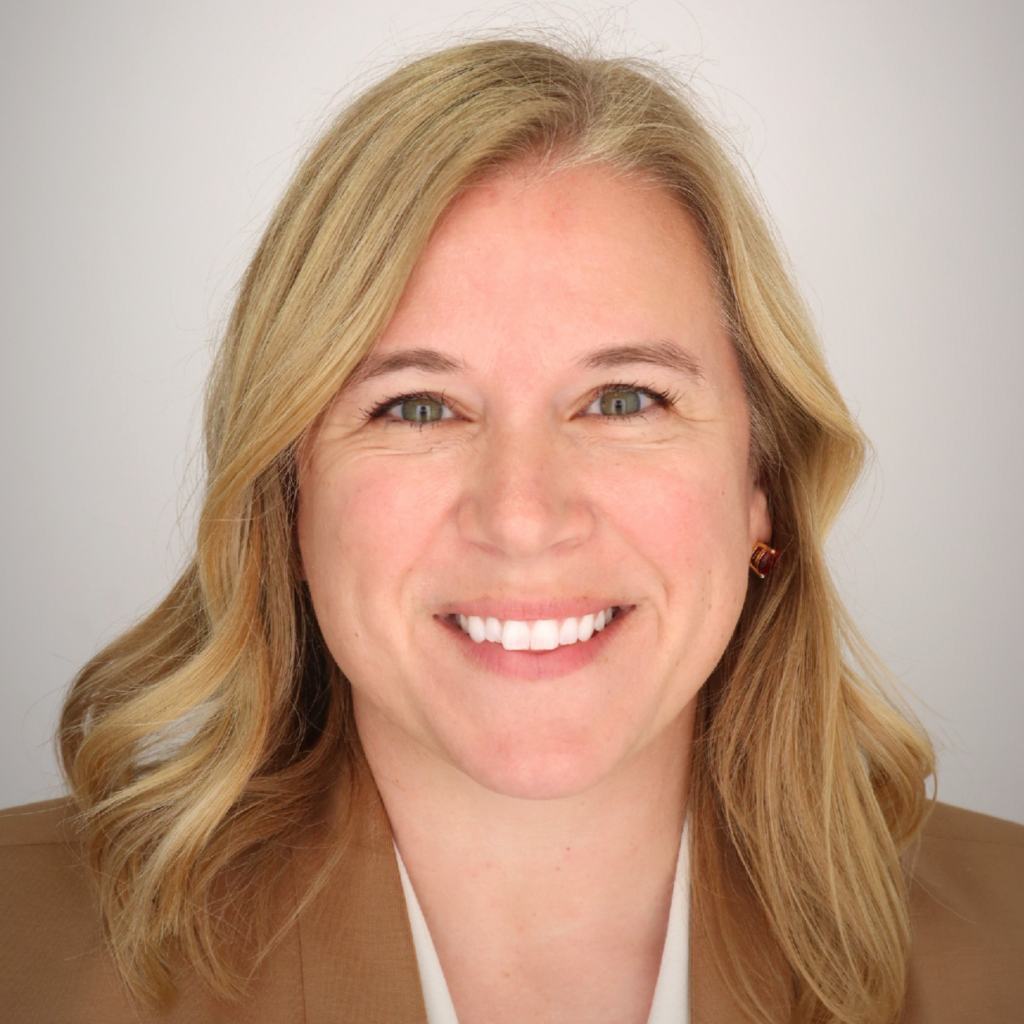
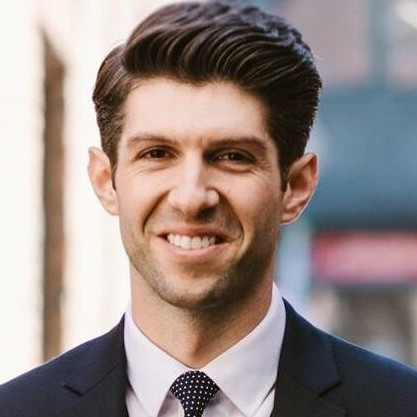
But as Erica Kryst, PhD of Cornell University and Adam Capozzi of Syracuse University demonstrate, decentralization doesn’t have to mean fragmentation. By fostering collaboration, leveraging technology, and staying relentlessly student-focused, these leaders have created cohesive, impactful, and equitable career ecosystems across sprawling campuses.
Here’s how they’re doing it and what others leading decentralized career models can learn from their strategies.
1. Embrace the strengths of decentralization
Both Kryst and Capozzi agree: There are real advantages to embedding career services within individual schools and colleges. Students feel a strong connection to units that understand their academic and professional interests deeply.
“There’s a real benefit to having career resources right down the hall from where students’ core classes are,” Kryst said. “A career office that understands their major and the curriculum deeply, that has those direct connections to alumni and faculty… That makes a difference.”
At Syracuse, Capozzi points out that this structure allows students to access targeted resources, programming, and career advice that align closely with their area of study—from liberal arts to architecture to business.
2. Let the central office facilitate, not dictate
In decentralized models, the central office plays a different, but equally critical, role. At both Cornell and Syracuse, the central team acts as a backbone for collaboration, technology implementation, and large-scale initiatives.
Kryst describes the central office at Cornell as the “ultimate facilitator” that supports campus-wide resources, employer relations, programming, and shared tools. Capozzi echoes this, calling the Syracuse central team the “general practitioner” that guides students to specialists while also managing institution-wide data, tech, and employer relationships.
3. Centralize resources and create clear digital pathways with technology
In a decentralized career services model, where there are sometimes dozens of career centers and hundreds of career staff scattered across campus, it’s essential to still centralize resources and make it easy for students (and employers, for that matter) to engage with career services.
A “One Cornell” approach, as Kryst described it.
To help with this, both Cornell and Syracuse use uConnect’s virtual career center platform to unify their online presence and give students one digital destination—regardless of major, department, etc.
“Digital pathways are really important to us. If there’s various information on separate websites that are in no way connected, that’s not making it clear to students where they need to go to get the information that they’re looking for,” Kryst said.
Cornell’s uConnect-powered virtual career center brings all schools’ career resources into one hub while preserving each unit’s identity through custom landing pages.
Syracuse took a similar approach with their virtual career center (powered by uConnect).
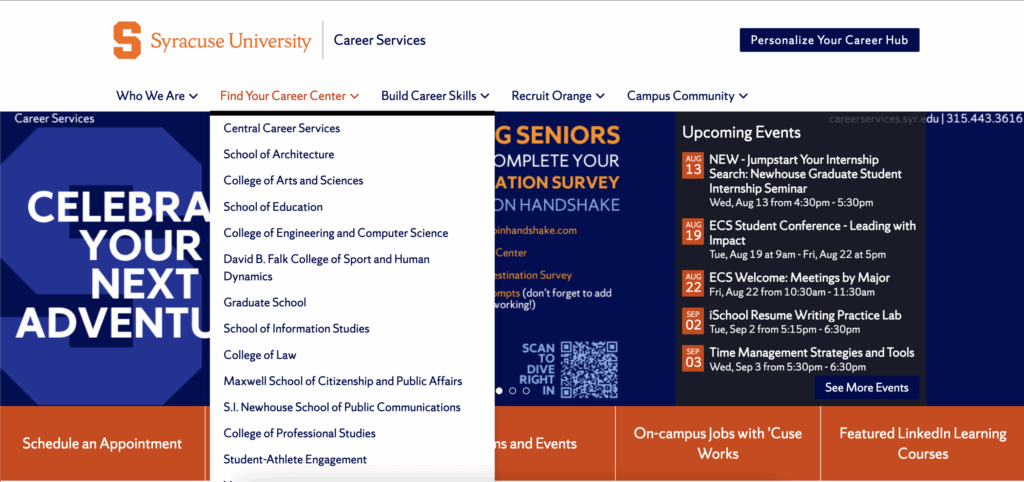
“From the moment you click on the page, it says, ‘Find your career center,’” Capozzi said. “We’ve created a central hub that ties all of our technologies like Handshake, VMock, Big Interview, and Interstride into one place where students can access it in one single scroll. Now they don’t need to go to several different websites to find all the same content.”
Not only does this centralize resources and present a one-stop shop for students at institutions with decentralized career services models, but it also increases engagement with those resources. For example, uConnect’s virtual career center platform has been proven to increase engagement with Handshake by 118%.
4. Build intentional structures for collaboration
When it comes to career services, decentralization doesn’t work without strong cross-campus communication. That’s why both Cornell and Syracuse have invested heavily in relationship-building infrastructure.
At Cornell, this includes:
- Bi-weekly director meetings
- Shared Microsoft Teams channels
- Campus-wide programming and professional development committees
- Regular all-staff meetings and celebrations for Cornell’s 80+ career staff
At Syracuse, Capozzi helped establish a University Career Council and launched a Summer Career Summit Series, which evolved into year-round working groups organized by function—directors, student-facing staff, and employer relations teams.
These structures help break down silos and foster what Kryst calls a “highly collaborative decentralized model.” One that ensures students get consistent, high-quality support no matter where they enter the system.
5. Keep evolving, listen, and stay curious
With how fast things are changing these days, career services can’t afford to stand still.
At Cornell, Kryst launched a campus-wide functional review aimed at “reimagining” the career services model with equity and consistency in mind. She’s consulted with over 50 faculty and staff across working groups to evaluate structure, messaging, employer relations, and student outcomes.
Capozzi, too, sees change as a constant and encourages other career leaders to stay on top of trends and evolving student needs. And most importantly, to be intentional about sharing that information with others across campus.
“Patience is key. I always say creating those customized relationships with the college career offices is probably one of the most longstanding pieces of my work that I do here in central career services,” Capozzi said.
“You need to really be curious to understand the needs of the schools and colleges and their goals for student engagement, because a recommendation for one part of our campus is not always going to work for another. Do your best to be a good collaborator and communicator.”
Final takeaway: Lead with collaboration, context, and enthusiasm
Whether you’re overseeing a decentralized career services team of five or 50+, Kryst’s leadership philosophy still applies: “Collaboration, context, and enthusiasm” are essential.
Understand each unit’s goals, create shared systems, and rally around your common mission: Empowering students to build meaningful lives and careers.
As both leaders show, with the right approach, decentralized doesn’t mean disjointed—it means distributed strength, unified impact.
To learn more from Kryst and Capozzi, check out their episodes on the Career Everywhere Podcast.
Explore more
Both Cornell and Syracuse use uConnect as their virtual career center platform to help unify career services across decentralized environments. To see examples in action, check out:
